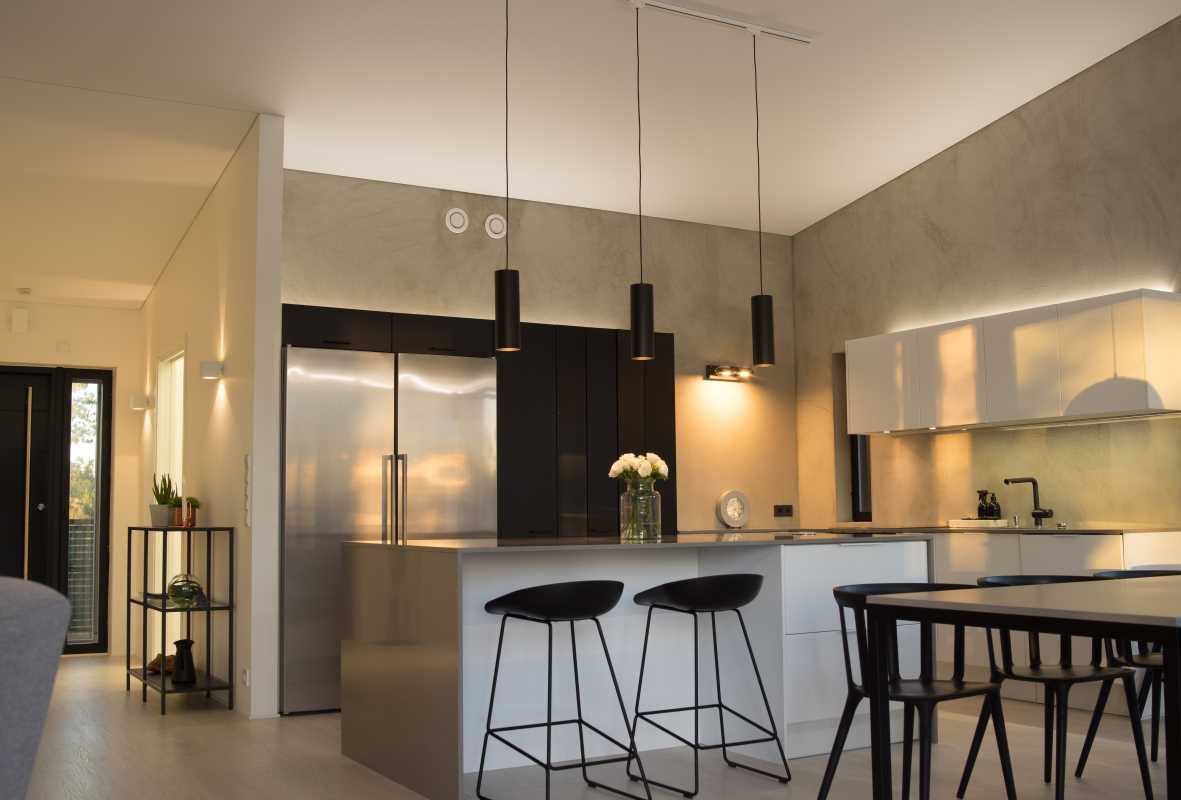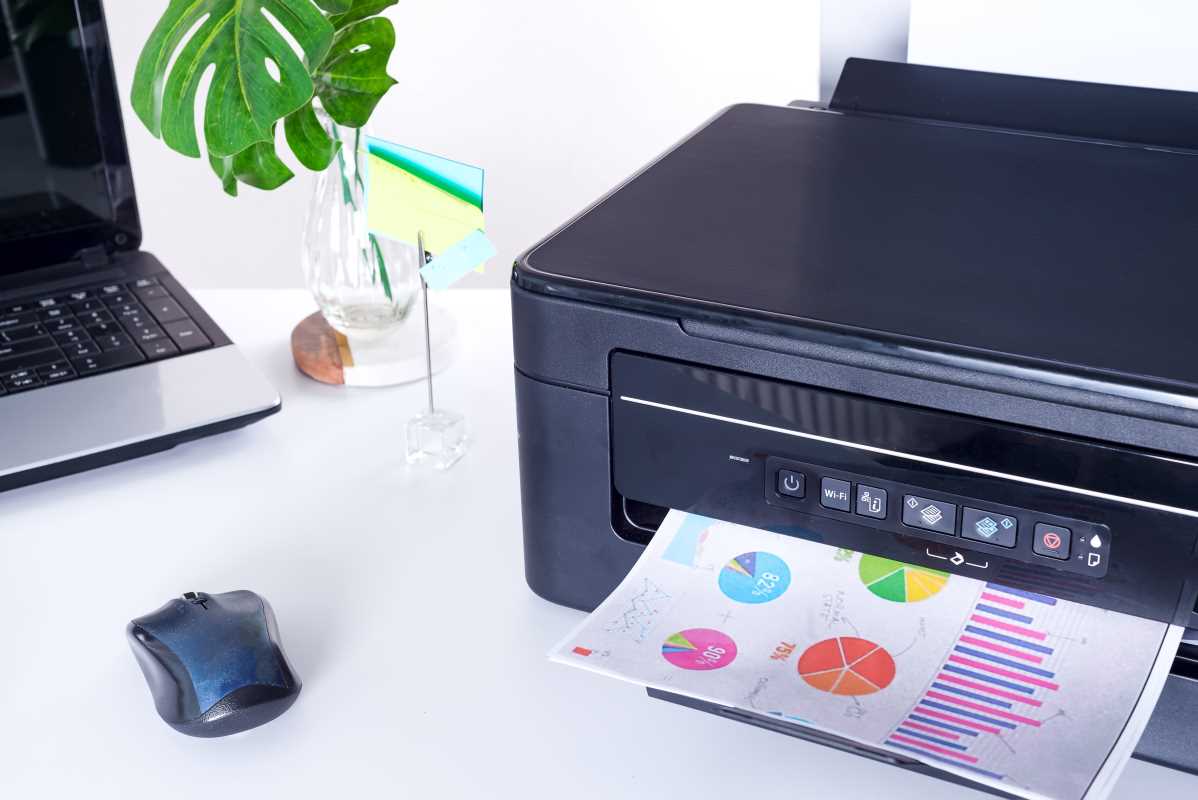Creating a comfortable and efficient home environment has never been easier, thanks to advancements in smart lighting technology. These systems go beyond simple illumination, offering features that enhance the way your home feels and functions. Smart lighting can save energy, improve focus, and even adjust to match your daily needs and routines. For those seeking to boost productivity or enhance their home's functionality to suit their lifestyle better, installing a smart lighting system is a step in the right direction. With the right setup, you can optimize both energy efficiency and personal productivity, making every corner of your home work harder for you.
How Smart Lighting Works
Smart lighting uses advanced technology to offer an automatic, customizable approach to home illumination. These systems typically connect via Wi-Fi, Bluetooth, or dedicated smart-home hubs, enabling homeowners to remotely control the lights using smartphones, voice commands, or automated settings. Many models come with sensors that automatically adjust brightness or color temperature based on the time of day, natural lighting, or occupancy.
What sets smart lighting apart is its ability to adapt to individual needs. For instance, during the day, cooler-toned lighting can create an environment that supports focus and productivity, while warmer tones in the evening encourage relaxation and wind-down routines. Technologies like dimming capabilities and schedule settings help ensure the lighting supports your activity at any given time. These advanced systems also integrate with larger smart-home ecosystems, so you can coordinate them with other connected devices for seamless home automation.
The Benefits of Smart Lighting for Efficiency and Productivity
Energy efficiency is one of the most significant benefits of a smart lighting system. Traditional lighting often wastes energy through unnecessary brightness or by being left on in empty rooms. Smart lights address this issue with motion sensors, timers, and the ability to dim or turn off lights remotely. For instance, you can program lights in rarely used areas, such as hallways or bathrooms, to stay off unless motion is detected, reducing energy consumption without sacrificing convenience.
Smart lighting also supports productivity, particularly for those who work or study from home. Research has shown that lighting influences mood, focus, and overall performance. Bright, cool light mimics natural daylight and can improve concentration during work hours, while warmer, dimmer lighting is ideal for evenings when relaxation takes priority. By dynamically adjusting light settings to match your schedule, smart lighting systems enable you to stay energized and focused throughout the day.
Another overlooked benefit is the way smart lighting enhances comfort. Systems with manual or voice control reduce the effort of adjusting lighting manually, offering convenience for busy households. Additionally, the ability to pre-schedule settings means you can have lights dimmed for movie nights, brighten automatically in the morning, or create a welcoming glow when you return home in the evening.
Choosing the Right Smart Lighting System
Finding the best smart lighting solution starts with evaluating the needs of your home and lifestyle. First, decide whether you want a system that integrates with an existing smart-home platform or operates independently. Many smart lighting brands are compatible with popular platforms like Amazon Alexa, Google Home, or Apple HomeKit, enabling effortless coordination between devices.
Consider the type of functionality you need most. For those focused on energy savings, systems with advanced sensors and automation may be ideal. If you’re trying to create specialized settings for relaxation or work, look for options that offer adjustable color temperatures and dimming features. Some systems allow zoning, where different rooms or areas follow distinct lighting schedules, further tailoring the setup to your household’s specific routines.
Think about compatibility with your existing fixtures. Smart lights come in a range of options, from individual bulbs to in-wall switches and ceiling fixture replacements. If you’d prefer to avoid changing your existing hardware, start with smart bulbs that fit standard sockets. For those planning a full renovation or upgrade, consider integrated systems that embed smart technology directly into the home’s infrastructure.
Finally, prioritize security and ease of use. Many modern smart lighting systems come with encryption for protecting personal and network data, so verify these features before purchasing. Choose systems with user-friendly apps or interfaces that simplify operation, so every household member can manage the lighting without a steep learning curve. Many providers also offer professional installation services to guarantee a smooth transition to smarter home lighting.


.jpg)




